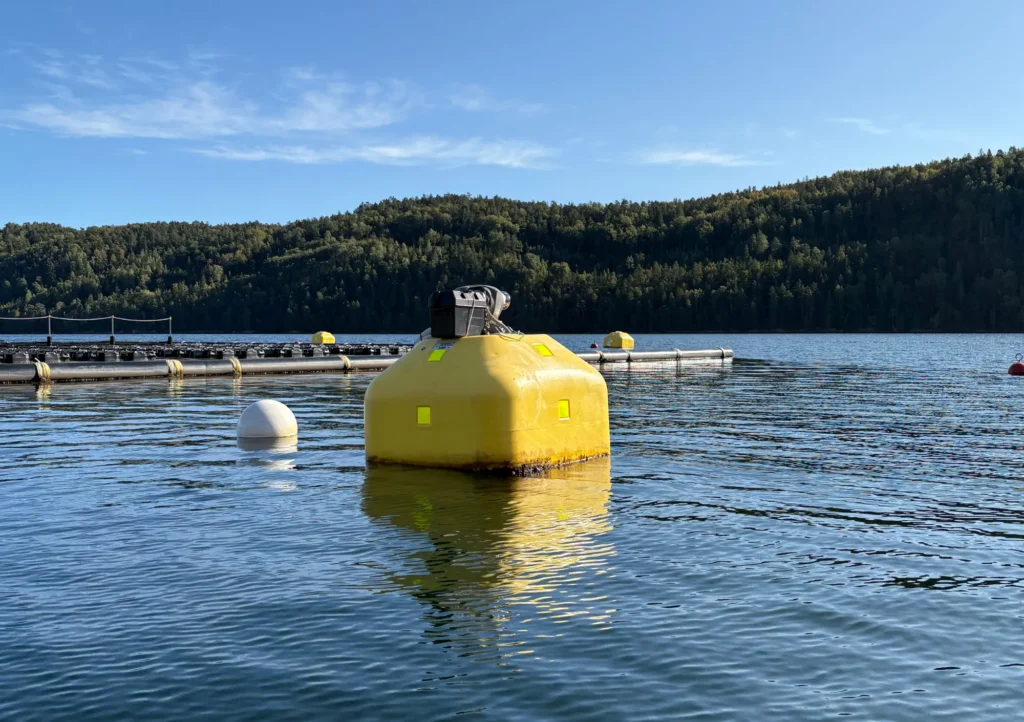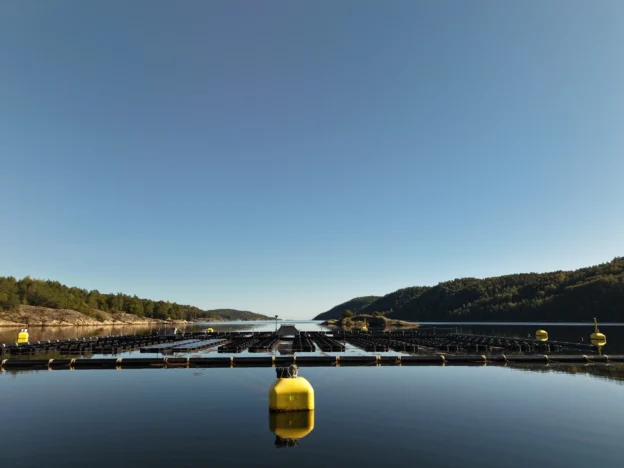Currently, the expansion of floating solar energy faces constant changes in water levels in reservoirs and hydroelectric dams, as movements affect the tension of mooring systems and compromise the stability of solar platforms, raising maintenance costs and reducing their operational efficiency.
To solve that, Fred. Olsen 1848 has introduced a self-adjusting tension buoy designed to transform this challenge into a technological opportunity.
How does the tension buoy work?
This tension buoy offers a self-adjusting anchoring system, specifically designed for environments with large water level fluctuations. Its core is composed of an intelligent automatic winch, located on the structure, which continuously regulates the length of the mooring line.
As the water level rises or falls, the buoy responds in real time, maintaining the optimum tension without the need for manual adjustments, eliminating premature wear on structures and ensuring a constant position of the solar panels. solar panels even in extreme scenarios.
The design of the buoy follows a logic of intelligent simplicity to reduce failure points, avoid unnecessary technical complexities and optimize the performance of floating systems. In addition, the buoy can be used temporarily for tensioning during installation or permanently during the entire operation.

Application in hydroelectric dams and reservoirs
This project could unlock the great potential of combining floating power with hydropower, creating a more robust hybrid system. Hydroelectric dams present abrupt variations in height in short periods, causing conventional solutions to fail, affecting operations.
By stabilizing the solar panels, the buoy keeps the floating solar panels stable and safe in all conditions, reducing the risk of damage while transforming large bodies of water into productive assets.
A new horizon for hybrid systems
In the company’s vision, floating solar and hydropower can work together to form more resilient, flexible and efficient hybrid ecosystems, and the self-adjusting buoy is the clear example of this vision.
Source and Photo: Fred. Olsen 1848.

